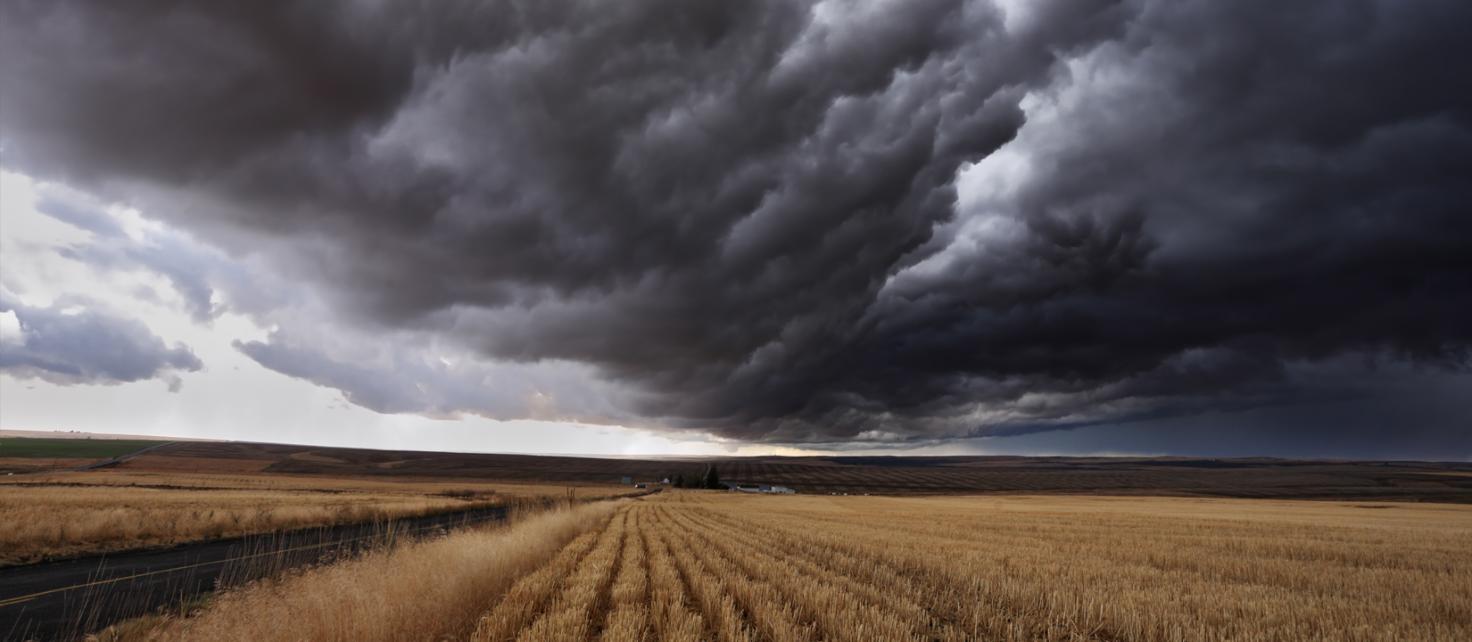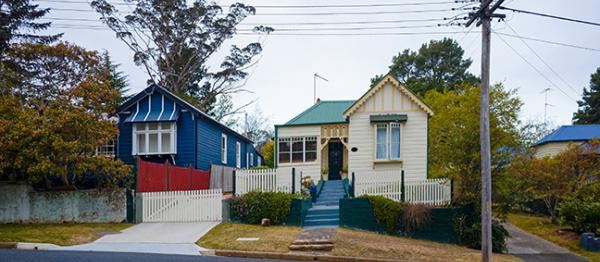27 October 2021
After the storm
If you’ve had to weather a storm or flood, you need a plan.

Returning to your home or business after a severe weather event can be a stressful experience, especially if there’s been damage to your property. Having a plan before you return can help you manage what needs to be done safely and sensibly.
We've looked to our partners the SES and Australian Red Cross and collated some simple and practical tips to help you navigate the process of recovery as quickly and effectively as possible.
1. Get permission before returning
Your safety, and the safety of your loved ones, is your priority at every step of the recovery process. Return to your property only when emergency services have declared it safe to do so, and even then, only enter once you are certain that you're not at risk.
2. Be mindful of hazards at home
When returning home after a storm, make sure the electricity and gas is turned off at the main supply points before going inside. If you need light, use a torch until you can be certain there's no gas around.
When returning after a flood, keep all power and electrical appliances switched off until they've been professionally checked and approved for use, and any residual water throughout the property has been cleared. In both situations, it's also important to check that your smoke detectors are still working.
3. Help your neighbours
Being connected to your community is especially important when severe weather strikes. Once it's safe to do so, head next door to check on your neighbours to see how they're doing and whether there's anything you can do to help them.
If you don’t know your neighbours, now’s a great time to introduce yourself. You never know how you may be able to help each other. Organising a community clean-up is another great way to connect with your neighbours over a shared experience, and afterwards you can sit down with a cup of tea and chat about what's happened and how you can help each other stay safe in the future.
4. Stay connected
Community connection and resilience results in improved health and wellbeing, more confident and self-reliant communities, an improved sense of safety and belonging and increased risk mitigation. Taking those first steps towards connecting with your neighbours is fantastic, but it’s also important to plan how you can stay connected in the future. Strengthening those connections will ensure that your community not only recovers well, you’ll also be better prepared for whatever you face in the future.
5. Wear protective gear to clean up
Floodwater can contain a lot of contaminants and bacterial nasties. Protect yourself with gloves, a mask, and thick rubber boots during the clean-up.
Never eat any food that has been in floodwater and ditch any perishable items if your electricity has been cut off for an extended time. If in doubt, throw it out. Stick with bottled water until emergency services declare water supplies to be safe.
6. Find help if you need it
If you need emergency help, call triple zero (000) and the operator will connect you to the service you need. Every Australian state and territory has a State Emergency Service, so search SES in your state to find yours.
If you or someone you know needs confidential emotional and crisis support or you need someone to talk to, Lifeline is available 24/7 via 13 11 14.
7. Start your claim
When severe weather strikes, damage to your property may happen regardless of how well you have prepared – so make sure you are fully insured. NRMA home (contents or building) insurance is available across Australia, including SA, WA and QLD, excluding VIC. There are many types of emergency support available, so call us anytime on 131 123 to make a claim or to discuss the help you need. We’re available 24 hours a day, seven days a week.



